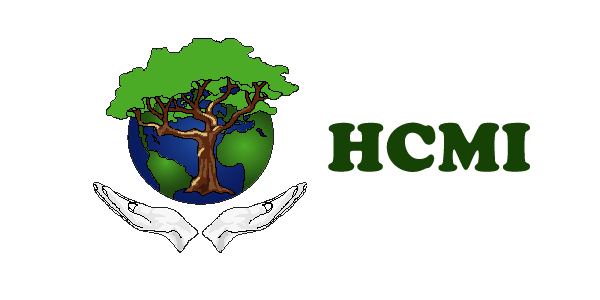 People associate certain colors with certain flavors, and the color of food can influence the perceived flavor in anything from candy to wine. For this reason, food manufacturers add these dyes to their products. Sometimes the aim is to simulate a color that is perceived by the consumer as natural, such as adding red coloring to glacé cherries (which would otherwise be beige).
People associate certain colors with certain flavors, and the color of food can influence the perceived flavor in anything from candy to wine. For this reason, food manufacturers add these dyes to their products. Sometimes the aim is to simulate a color that is perceived by the consumer as natural, such as adding red coloring to glacé cherries (which would otherwise be beige).
While most consumers are aware that food with bright or unnatural colors (children's cereals such as Froot Loops) likely contain food coloring, far fewer people know that seemingly "natural" foods such as oranges and salmon are sometimes also dyed to mask natural variations in color. Color variation in foods throughout the seasons and the effects of processing and storage often make color addition commercially advantageous to maintain the color expected or preferred by the consumer.
New studies now point to synthetic preservatives and artificial coloring agents as aggravating ADD and ADHD symptoms, both in those affected by these disorders and in the general population. Several major studies show academic performance increased and disciplinary problems decreased in large non-ADD student populations when artificial ingredients, including artificial colors, were eliminated from school food programs. But we must wonder what other negative effects are being caused by these pretty colors.
The food colors are known by E numbers that begin with a 1, such as E100 (turmeric) or E161b (lutein). The most common synthetic dyes used in food include:
- FD&C Blue No. 1 – Brilliant Blue FCF, E133 (blue shade)
- FD&C Blue No. 2 – Indigotine, E132 (indigo shade)
- FD&C Green No. 3 – Fast Green FCF, E143 (turquoise shade)
- FD&C Red No. 40 – Allura Red AC, E129 (red shade)
- FD&C Red No. 3 – Erythrosine, E127 (pink shade, commonly used in glacé cherries)
- FD&C Yellow No. 5 – Tartrazine, E102 (yellow shade)
- FD&C Yellow No. 6 – Sunset Yellow FCF, E110 (orange shade)
The following dyes are only allowed by the FDA for specific limited applications (most people don't eat orange peels, but how many people eat hot dogs and sausage?):
- Orange B (red shade) - allowed only for use in hot dog and sausage casings.
- Citrus Red 2 (orange shade) - allowed only for use to color orange peels.
Because of the concern of health risks related to chemical dyes, more natural dyes have been developed as seen below. Unfortunately, these are not quite as natural as the paints extracted by simple berries in the times of old. The extraction process has proven many of these ""natural" dyes to induce reactions from hives, to allergies to anaphylactic shock!
- Caramel coloring (E150), made from caramelized sugar, used in cola products and also in cosmetics
- Annatto (E160b), a reddish-orange dye made from the seed of the achiote.
- A green dye made from chlorella algae (chlorophyll, E140)
- Cochineal (E120), a red dye derived from the cochineal insect, Dactylopius coccus
- Betanin (E162) extracted from beets
- Turmeric (curcuminoids, E100)
- Saffron (carotenoids, E160a)
- Paprika (E160c)
- Elderberry juice
- Pandan (Pandanus amaryllifolius), a green food coloring
- Butterfly pea (Clitoria ternatea), a blue food dye
Because food dyes are generally safer to use than normal artists' dyes and pigments, some artists have used food coloring as a means of making pictures, especially in forms such as body-painting. Food colorings can be used to dye fabric, but are usually not wash-fast when used on cotton, hemp and other plant fibers. Some food dyes can be fixed on Nylon and animal fibers. Red food dye is often used as theatrical blood. Synthetic dyes may have excellent application in these areas, but they do not belong in the human body. Check the labels for the mentioned dyes, both natural and synthetic and do your best to avoid them.
